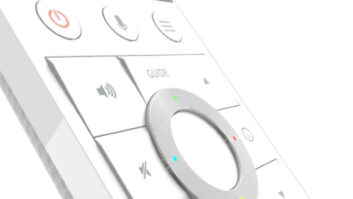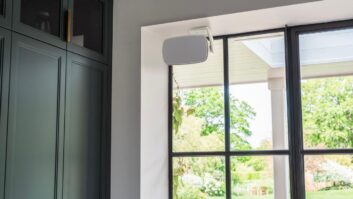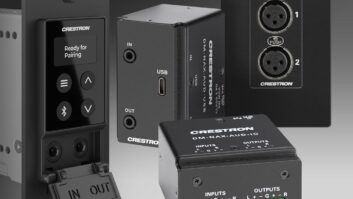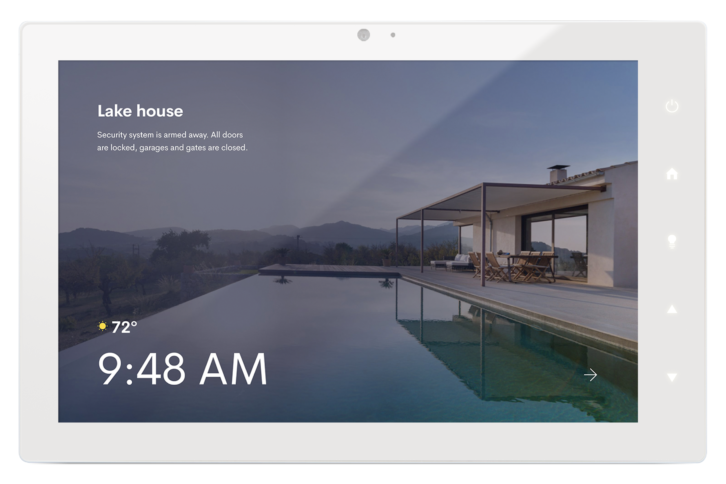
In preparation for today’s launch of Crestron Home OS 3, John Clancy, vice president, residential, invited me to Crestron’s Rockleigh, NJ headquarters to see the release version of the app in action and also to tour the updated R&D facilities and see the new warehouse/manufacturing building. When you see the entire Crestron production process — from the cubicles where the engineers develop their ideas, to the workshop where first the first production models are built, to the extensive testing labs, to the manufacturing assembly lines, to more testing labs, to, finally, the warehouse where the raw components come in and final products are shipped — that is a full, mind-blowing day. More than you can fit into a single blog, so let’s stick with the main reason for the trip — Crestron is now shipping Crestron Home OS 3.
Introduced last February at ISE, Crestron Home OS 3 provides a new user interface that makes it easy for dealers – and, soon, even clients — to make changes to their systems. The interface should seem very familiar to users, as it incorporates many operations similar to other smartphone apps. “It is both intuitive and aesthetically pleasing for different parts of the brain,” says Clancy.
Crestron Home OS 3 introduces several new concepts for a Crestron product. For one thing, it greatly simplifies the programming experience, something that was previously well known for its complexity. Secondly, with OS 3’s standardized interface, Crestron “owns the user-experience,” says Clancy. Finally, even with its launch today, it will never be finished. Crestron’s plan is for a free update every four-to-six weeks that adds more than a few significant features.
“It doesn’t have every bell and whistle on Day One,” says Clancy, “and so and we will express to the dealer community what things are coming and roughly when they can begin to specify it.”
And while I had experienced previous demos and was quite familiar with the look and feel of OS 3, I was not prepared for how fast it communicates with the systems it controls, something that Clancy was pleased to show off.
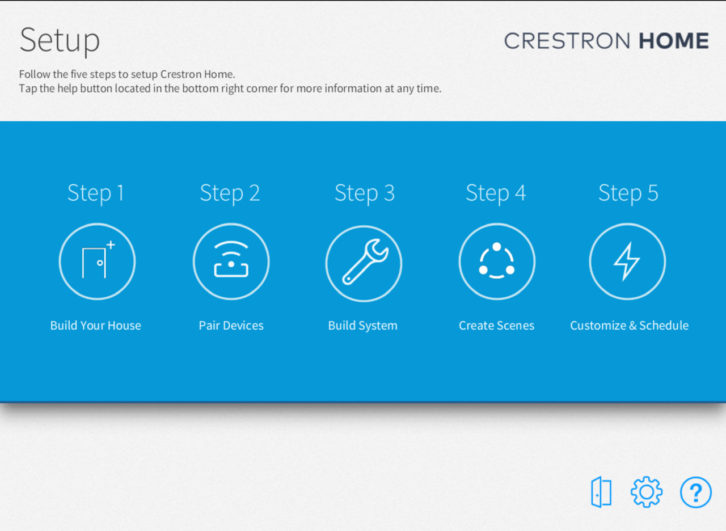
When he opened the app on his iPhone, the one that controls his personal home, the top bar turned instantly green to show that he was connected to his home system. The option for users to make changes is not available on the initial release, but expected on a future update. To illustrate the speed of changes, Clancy opened up the Crestron Home Setup app (formerly Pyng) on an iPad, while still running the OS3 app on his phone. On the iPad, he added and deleted equipment, changed lighting scenes, and marked rooms as favorites, while I struggled — and failed — to catch the change happening on the iPhone. That was how fast it updated — near instantaneous.
While I am aware that the iPad and iPhone were both on the same robust Crestron HQ network, it still had to communicate with Clancy’s home, make the change, and report back to the iPhone app. It was a dazzling fast transaction, and I appreciate the Clancy Family’s patience in putting up with lights going on and off and on again — and the changing of songs on the Sonos system — so I could get a taste of the velocity of system alterations.
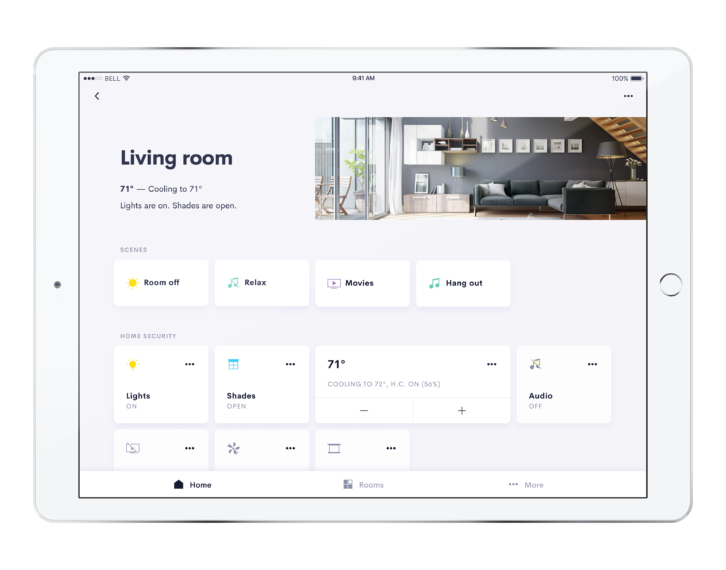
Power to the People
End-users having the ability to make simple changes to their system without involving the integrator is a blessing, but can also be a curse. When asked what is the worst thing clients could do to their systems — that their integrators would have to fix — Clancy was not concerned. “For example, say the client set all the lighting levels on all the scenes to zero,” he says. “There’s that easy easy way to reset that on the configuration side using the backups. It stores every iteration of every change, making me an easy hero.”
In an upcoming release, OS 3 will address user management, where the owner can lock the system down and give deeper access to only those home members that need it. In fact, Crestron Home OS 3 also gets ahead of the cybersecurity debate and will eventually allow homeowners to secure the system to their preferred comfort levels.
Testing 1…2…30,000
Major software releases of any kind are typically hit and miss. (I usually wait a few weeks before updating my MacOS systems to wait out the glitch-fix-repair cycle on updates.) But Crestron has worked to alleviate that kind of pain through extensive testing. Really extensive testing.
“We opened a beta program for the first time in our history,” says Clancy. “We opened it up to anyone who owned the CP4-R processors. And we did it globally with over 300 testers, so even regional things that would be impossible to test here — how does it work with the settop box in Sydney, Australia; what are the streaming services available in Eastern Europe — we’re able to get feedback. Plus, it caused us to rethink the timing of some of the features that are coming in these upcoming releases. For example, we heard that pool and spa control is really important, so things like that, which were further down the list, will be moved up.”
The new beta testing program comes on top of Crestron’s internal testing programs. As I mentioned, I received a tour of the R&D facilities where the testing takes place, which is a wonderland of connected physical televisions, light switches, shades — everything in the Crestron Home universe.
The R&D tour was led by Doug Jacobson, director, residential technology, who explained that, in addition to the 14 human Creston Home testers who were diligently working while we traveled between their workstations, there was also a computer-run tester tucked behind an RF curtain that runs through 30,000 lines of code for the test engineers daily. At that point in time, the system had been running for the past three months, 24/7.
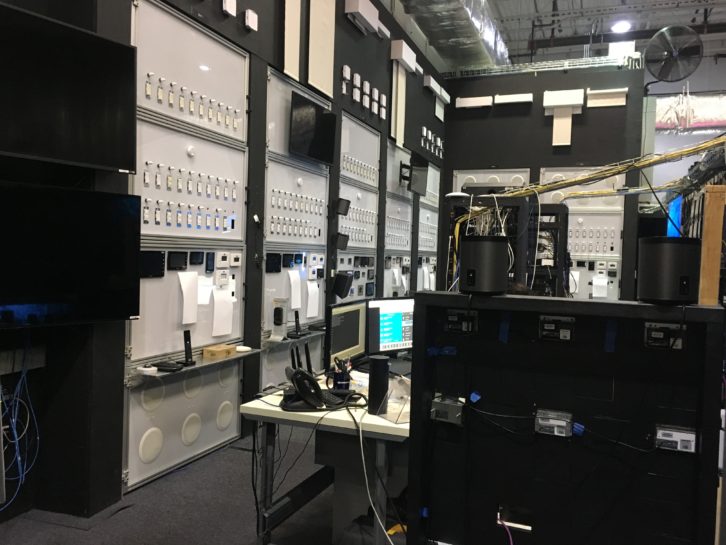
Each morning the testing engineers get a report on the failures and make the fixes. In addition, feedback from the beta testers is also addressed here. All changes result in a complete “regression test,” where all aspects of the system are retested, even those that were not modified.
Crestron tries to make the system being used for testing more robust than a system in the field would be — with the idea that, if it doesn’t break here, it shouldn’t break anywhere. In fact, due to the complexity of the testing system, Crestron found that it could expand the initial scope of what a Crestron Home OS 3 could handle, ballooning up to 300 lighting loads, 100 shades, 32 zones of HVAC, 32 zones of audio, and much more. [See graphic below.]
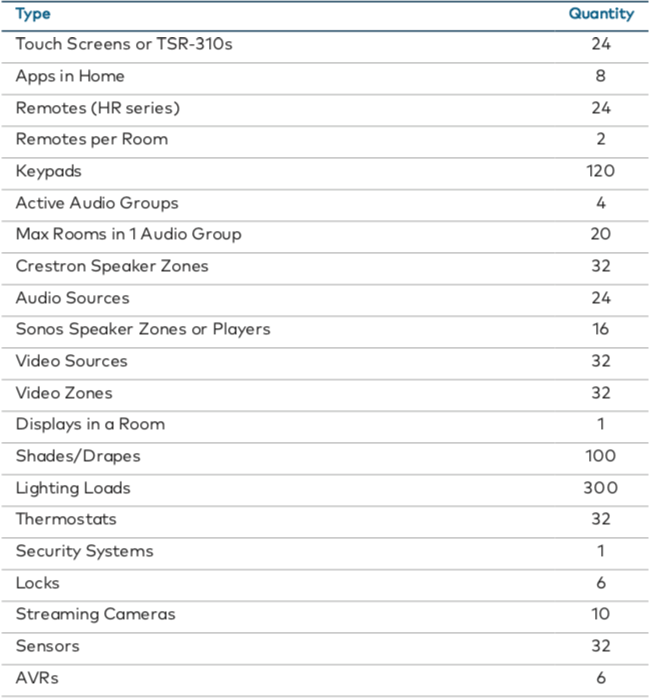
Out Now
If you are a Crestron dealer, then you have access to Crestron Home OS 3 now and can apply it to systems that use the CP4-R processor. If you want to see it in action, several booths at CEDIA Expo will be running the software, even though Crestron itself will not be in attendance.
We will keep you in the know on the major software updates and OS 3 training programs as they arrive.
Want more stories like this delivered to your inbox every day? Then sign up for the free Residential Systems eNewsletter here.
